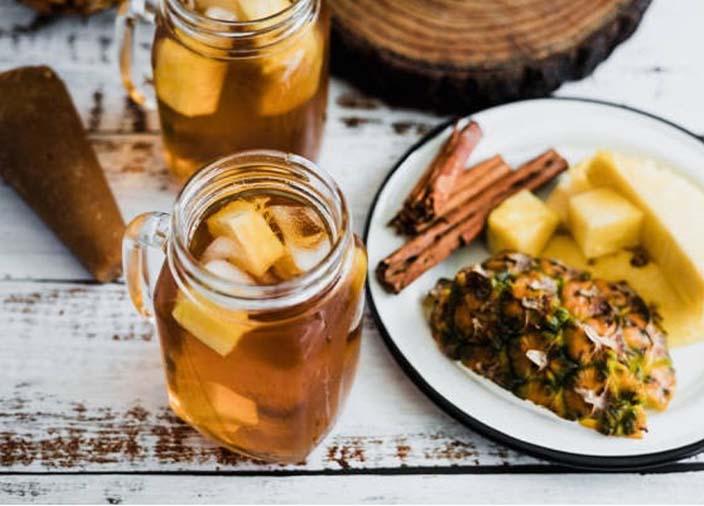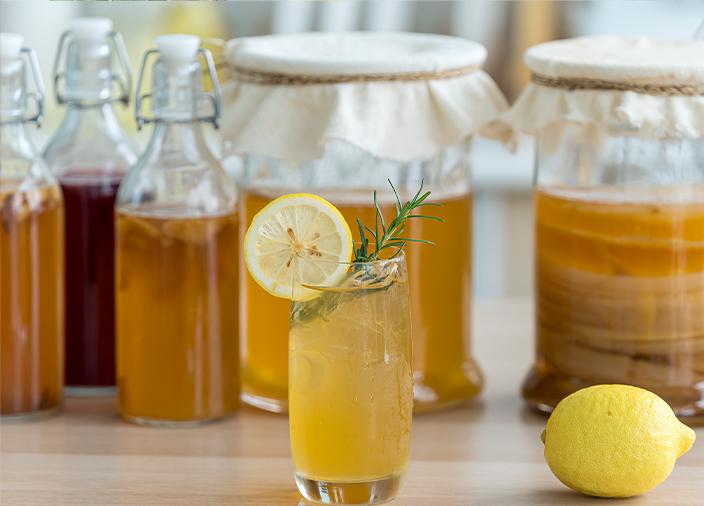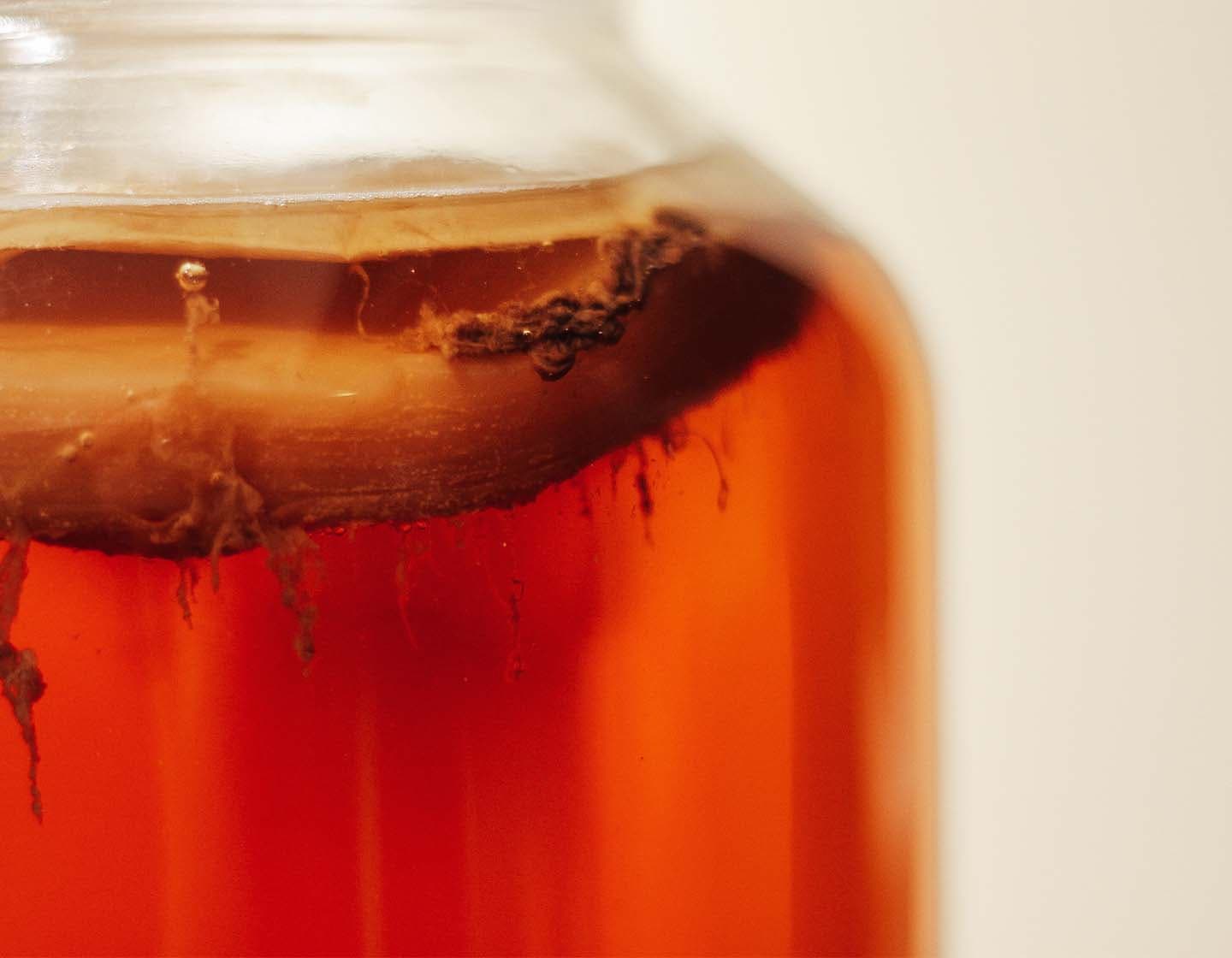Bar Skills: Fermented Flavours For Cocktails
Discover the history and role fermentation has in creating classic drinks and how you can use the process to inspire unique serves.
Estimated reading time: 7 minutes

Growing Liquid Gold
Long before mixologists began shaking and stirring, the natural fermentation process was crafting some of our most beloved drinks. For many years, bartenders have been inspired by chefs and their way of approaching food.
With the global healthy food movement and kitchens such as Noma promoting fermented food, it was only a matter of time before bartenders started experimenting with fermented drink techniques and using it to up their recipe game.
What is Fermentation?
Fermentation is a metabolic process where microorganisms, primarily yeast and bacteria, break down sugars into other compounds, most commonly alcohol and carbon dioxide. This not only produces alcoholic beverages but also introduces a myriad of flavours, making each fermented drink a complex tapestry of taste and aroma.
Bars worldwide are adopting fermented flavours, with places like Native in Singapore experimenting with fermented ingredients. If done right, fermented flavours can be delicious on their own as a non-alcoholic serve or bring powerful flavours to cocktails.
The most notable taste is the zing from the acidity created by fermentation. Most guests are familiar with fermented products, however, don’t be shy in sharing with them how it has been part of their cocktail’s journey.
Go one step further and draw on the unique qualities and properties of the fermented flavours you are using.

How to ferment drinks
Fermentation is an interesting and challenging process, requiring specific equipment to get right. Interested in giving it a go? Make sure you have all of the following:
- Fermentation Vessels: Containers like jars, crocks, or barrels where the ingredients can ferment. These need to be sanitised to prevent unwanted microbial activity.
- Airlocks: Devices that allow carbon dioxide to escape without letting air in, preventing the growth of unwanted bacteria.
- Hydrometer: Measures the sugar content, helping to determine fermentation progress and potential alcohol content.
- Thermometer: Ensuring the right temperature, which is crucial for the activity of fermenting agents.
To get fermentation right, you need to follow the best practices laid out by the best mixologists. Focus on the following to ensure that you create a stunning fermented drink.
- Choosing a Base: This could range from fruits or vegetables to grains, dairy or even meats.
- Sanitisation: Every tool and vessel should be thoroughly sanitised to ensure that only the desired microorganisms are active during fermentation. This is often the make or break of a successful fermentation.
- Temperature Control: Different yeasts and bacteria have optimal temperature ranges for activity. Maintaining this ensures a successful fermentation. In general, a constant temperature of between 25 and 30 degrees should be ideal.
- Monitoring: Keeping an eye on sugar levels, pH, and potential off-odours or flavours will help guide the fermentation process to the desired outcome.
- Duration: While some ferments, like certain beers, might be ready in days, others, like wines or meads, can take months or even years.
- Safety: Remember that fermentation is unpredictable and if contaminated, fermentations can be dangerous. Always bear in mind the following safety precautions:
- If you see a white layer on top of your ferment, this is known as Kahm Yeast – it is not harmful but can cause bad odours and flavours. Scrape it off and reincorporate some oxygen into the liquid.
- If you see any mould, your fermentation has spoilt - throw it out and start again.
- Take care to ensure there is no build-up of CO2 – this can cause glass jars to explode.
- If in doubt, throw it out.
Fermentation's Role in Modern Cocktails
Fermented drinks have rapidly grown in popularity within wider society, and they’re definitely making their mark in the bar industry, too. No matter if you’re reimagining the classics or crafting novel drinks, fermented elements bring uniqueness to the table. Get inspired by these popular fermented drinks to adapt to your own menu.
- Kombucha Cocktails - The tangy, effervescent nature of kombucha adds layers of complexity, pairing especially well with gin or vodka.
- Kefir Fizz - The creamy, slightly sour notes of water kefir or milk kefir can be a refreshing twist on traditional fizzy cocktails.
- Shrub Syrups - Vinegar-based syrups infused with fruits, these add acidity and sweetness, making them ideal for balancing cocktails.
- House-made Beers and Wines - Some bars now brew in-house, providing exclusive flavours and combinations that can't be found elsewhere.
Looking for somewhere to start? Put together this Johnnie Walker Apple Highball made with a zesty apple kombucha and sweet apple juice.
Key Takeaways
- Fermentation is process where yeast and bacteria break down sugars into alcohol and carbon dioxide.
- Key equipment includes fermentation vessels, airlocks, hydrometers & thermometers.
- Fermented beverages can be delicious on their own as a non-alcoholic serve or to bring amazing flavours to cocktails. Examples in practice include Kombucha cocktails, Kefir Fizz, shrub syrups, and home-made beers and wines.
- The most notable taste is the zing from the acidity created by fermentation.
- Draw on the unique qualities and properties of the fermented flavours you are using.
Become a member of Diageo Bar Academy for free today and get loads of extras, including exclusive access to our free menus, recipe cards, courses, and more!
